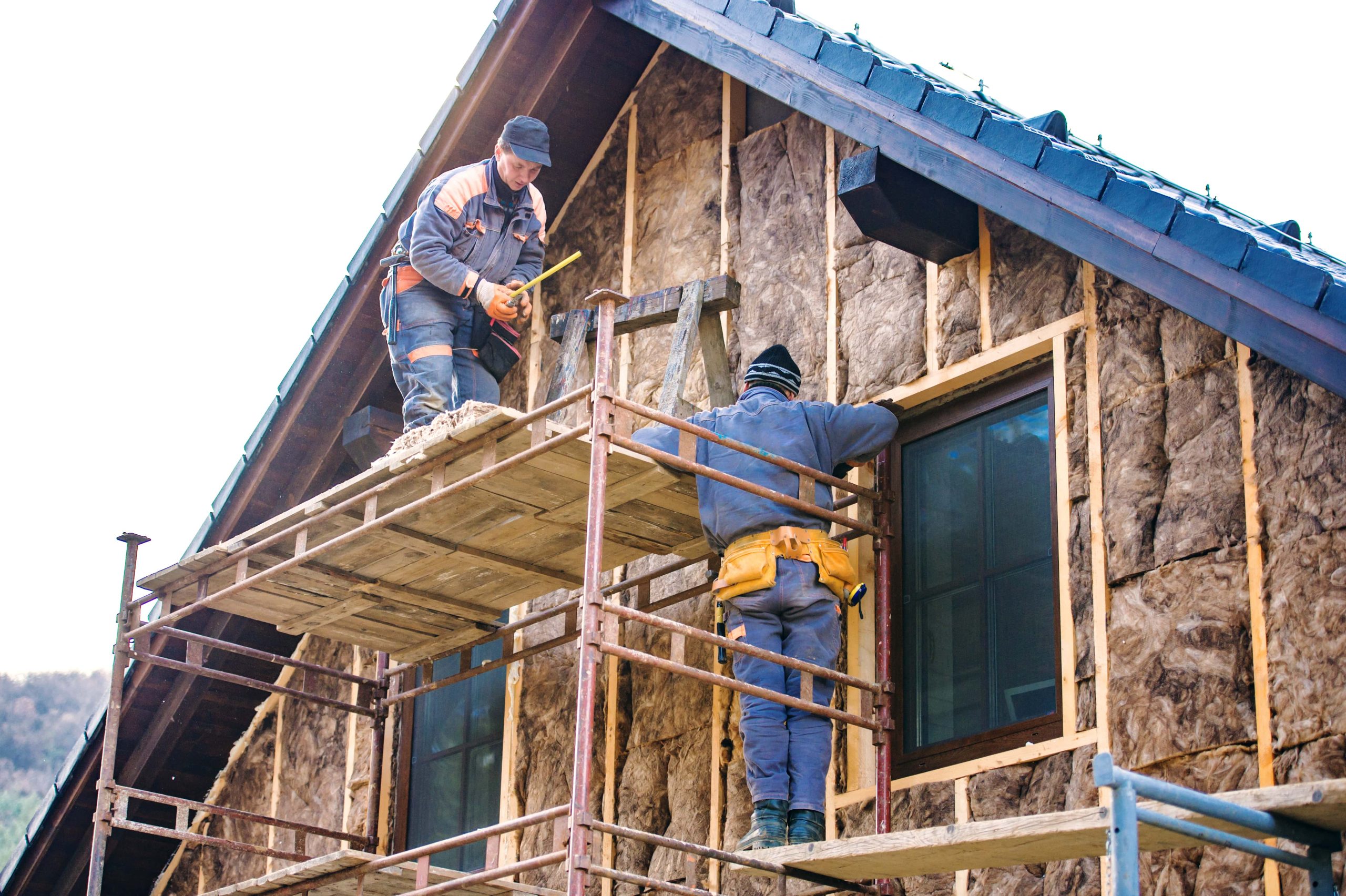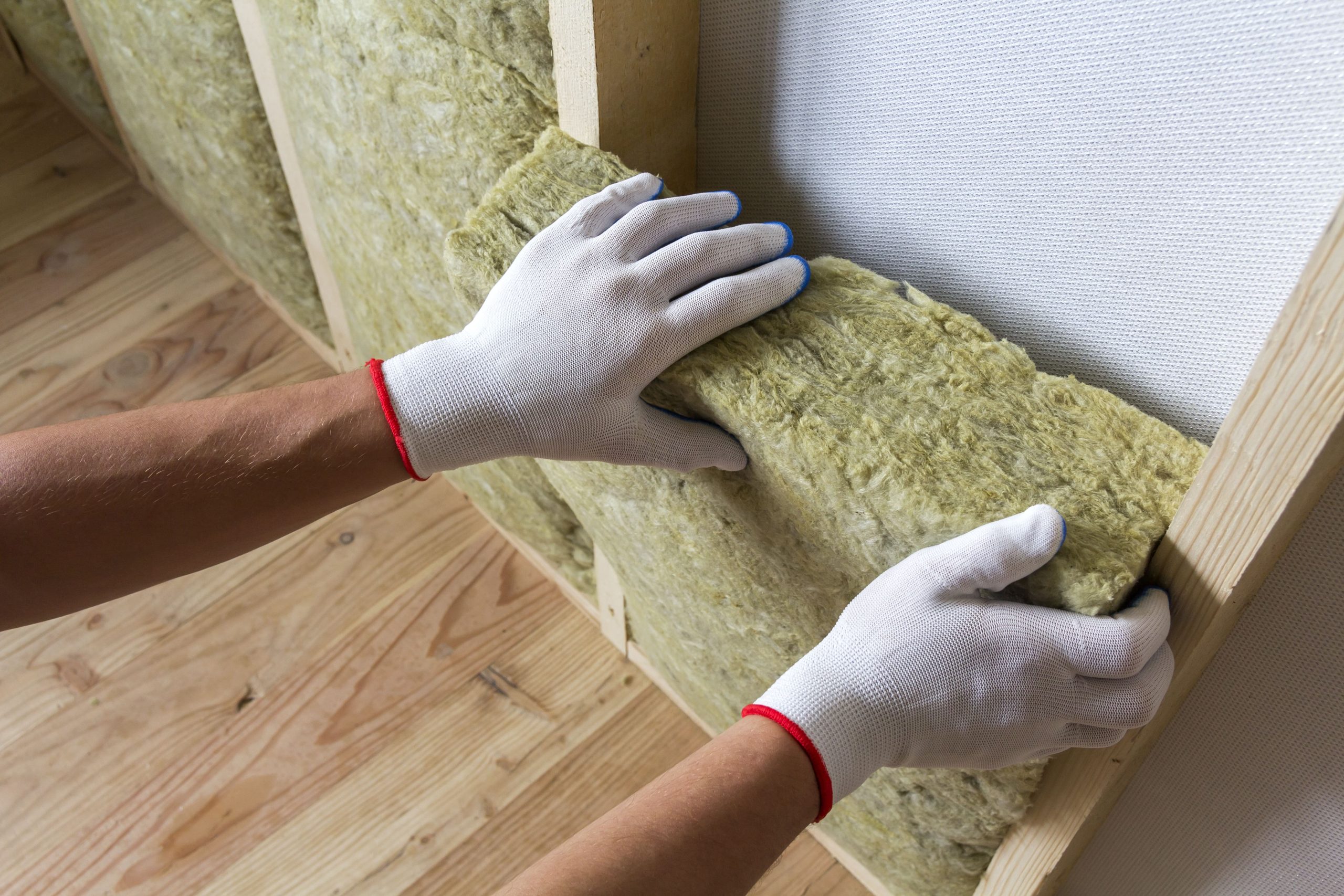What is Glass Wool?
Glass wool is a type of insulation material made from recycled glass and sand. The manufacturing process involves melting the glass at high temperatures and then spinning it into fine fibers. These fibers are bound together using a binder, often a thermosetting resin, to create a flexible and lightweight insulation material. Glass wool is commonly used for thermal and acoustic insulation in buildings, industrial applications, and appliances. It is available in various forms, including rolls, batts, blankets, and loose-fill. Glass wool insulation is known for its effectiveness in regulating temperature, sound absorption, and fire resistance. It is widely used in construction to improve energy efficiency and enhance indoor comfort.
The Origin of Glass Wool
Glass wool has its origins in the 1930s when the Owens-Illinois company developed a method for producing glass fibers. This innovation led to the creation of glass wool insulation. The manufacturing process involves melting recycled glass and spinning it into fine fibers, which are then bound together to form a versatile and effective insulation material. Over the years, advancements in technology and sustainability practices have further refined the production of glass wool, making it a widely used insulation solution for various applications in construction and industry.
Features of Glass Wool
- Thermal Insulation: Glass wool provides excellent thermal insulation, helping to regulate temperatures in buildings by minimizing heat transfer.
- Acoustic Insulation: It effectively absorbs and dampens sound, making it valuable for reducing noise transmission in walls, ceilings, and floors.
- Lightweight: Glass wool is relatively lightweight, facilitating easy handling and installation during construction or renovation projects.
- Fire Resistance: It exhibits fire-resistant properties, as glass wool does not contribute to the spread of flames and can withstand high temperatures.
- Versatility: Glass wool is available in various forms, including rolls, batts, blankets, and loose-fill, making it adaptable to different applications and construction needs.
- Durability: It is a durable material, able to withstand wear and tear, and maintain its insulation properties over time.
- Non-Combustible: Glass wool is non-combustible, meaning it does not catch fire easily, adding an extra layer of safety to building structures.
- Chemical Inertness: Glass wool is chemically inert, meaning it does not react with other materials, contributing to its stability and safety.
- Sustainability: Many glass wool products incorporate recycled glass, aligning with sustainability practices and reducing the environmental impact of insulation materials.
- Moisture Resistance: Glass wool is generally resistant to moisture, preventing the growth of mold or mildew and maintaining its insulation effectiveness.
- Flexibility: It can be easily cut and shaped to fit various spaces and configurations, allowing for flexibility in installation.
How is Glass Wool Made?
The production of glass wool initiates with the preparation of recycled glass and sand as primary raw materials. The recycled glass undergoes melting at high temperatures, forming molten glass. This molten glass is then extruded through tiny openings in a high-speed spinner, creating fine glass fibers with diameters ranging from 1 to 20 micrometers. To enhance cohesion, a thermosetting resin binder is applied to the fibers. Following this, the material undergoes a curing process, where heat is applied to set the binder and solidify the structure of the glass wool. Once cured, the glass wool is cut into various dimensions, shaping it into rolls, batts, blankets, or other forms suitable for insulation. The final products are then packaged and prepared for distribution. Throughout the manufacturing process, stringent quality control measures are implemented to ensure that the glass wool meets the required industry standards. The resulting material is renowned for its thermal and acoustic insulation properties, as well as its fire resistance, making it a versatile choice for diverse applications in construction and industry.
What is the Chemical Composition of Glass Wool?
Glass wool is primarily composed of recycled glass and sand. The recycled glass undergoes a melting process at high temperatures, and the molten glass is then spun into fine fibers. The exact chemical composition can vary depending on the specific type of glass used in production, but it typically includes silica (from sand), soda ash, and limestone. During manufacturing, a binder, often a thermosetting resin, may be added to enhance cohesion.
What is Glass Wool Used For?
Glass wool is widely used for thermal and acoustic insulation in various applications. Common uses include insulation in residential and commercial buildings for walls, ceilings, and floors. It is also utilized in industrial settings, appliances, and HVAC systems to enhance energy efficiency and acoustic performance. Glass wool’s versatility allows it to be shaped into rolls, batts, blankets, or loose-fill, adapting to different construction and insulation needs.
What are the Components of Glass Wool?
The main components of glass wool include the glass fibers and, if used, the binder. The glass fibers are the essential structural element, providing the insulation properties. The binder, usually a thermosetting resin, contributes to the cohesion of the fibers and helps maintain the material’s stability.
Is Glass Wool Waterproof?
Glass wool itself is not waterproof, as it is a porous material. However, some glass wool products may have water-repellent or water-resistant treatments applied during manufacturing to enhance their performance in damp conditions. It’s important to note that while these treatments can improve water resistance, glass wool should not be solely relied upon in applications where prolonged exposure to moisture is a concern. Additional waterproofing measures may be necessary in such cases.



